
When Was the First Camera Invented? A Journey Through Time
The question “when was the first camera invented” invites a captivating exploration of the origins of photography. While the concept of capturing images dates back centuries, the actual invention of the camera emerged through significant advancements in optics and light-sensitive materials.
📸 The Camera Obscura: The Precursor to Photography
- Inventor: Alhazen (Ibn al-Haytham)
- Era: 11th Century
The camera obscura was the earliest known device resembling a camera. It operated on a fundamental principle: light entering through a small hole in a darkened room or box would project an inverted image of the external world onto a surface inside. Though primarily used for observation and artistic projection, the camera obscura set the stage for future photographic innovations.
🖼️ The Birth of Photography: Joseph Nicéphore Niépce
- Inventor: Joseph Nicéphore Niépce
- Historic Image: View from the Window at Le Gras
- Year: 1826
In 1826, Niépce captured the first permanent photograph using a process called heliography. He utilized a pewter plate coated with a light-sensitive substance known as bitumen of Judea. This groundbreaking image required an exposure time of approximately eight hours, illustrating the slow nature of early photography.
📷 The Evolution of the Camera: The Daguerreotype
- Inventor: Louis Daguerre
- Year: 1839
- Process: Daguerreotype
Following Niépce’s innovations, Louis Daguerre introduced the daguerreotype in 1839. This was the first commercially successful photographic method, drastically reducing exposure times to around 20-30 minutes. The process involved using a silver-coated copper plate, which was then developed with mercury vapor, leading to clearer and more detailed images.
🎞️ The Advent of Film and Modern Cameras
- Innovator: George Eastman
- Key Development: Flexible film
The late 19th century saw a monumental change with George Eastman’s development of flexible film. This advancement allowed photographers to take multiple exposures without the need for bulky glass plates, making photography more practical and accessible.
By the mid-20th century, cameras evolved rapidly, transitioning from manual film models to compact digital cameras. These advancements significantly changed how photography was approached and perceived, making it a common pastime for many.
🌍 The Impact of the First Camera on Society
The invention of the camera fundamentally transformed documentation and communication. It reshaped art, journalism, and personal expression, enabling individuals to capture and share moments from their lives. The phrase “the camera does not lie” became a popular adage, reflecting society’s growing belief in the authenticity of photographic images.
🎉 Conclusion
The inquiry “when was the first camera invented” leads us through a remarkable journey from the ancient concepts of light projection to the sophisticated cameras we use today. From the camera obscura to Niépce’s first photograph and Daguerre’s revolutionary daguerreotype, the history of photography is a testament to human creativity and the desire to document the world around us.










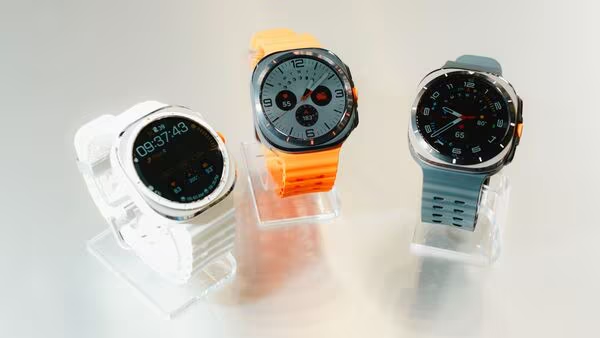
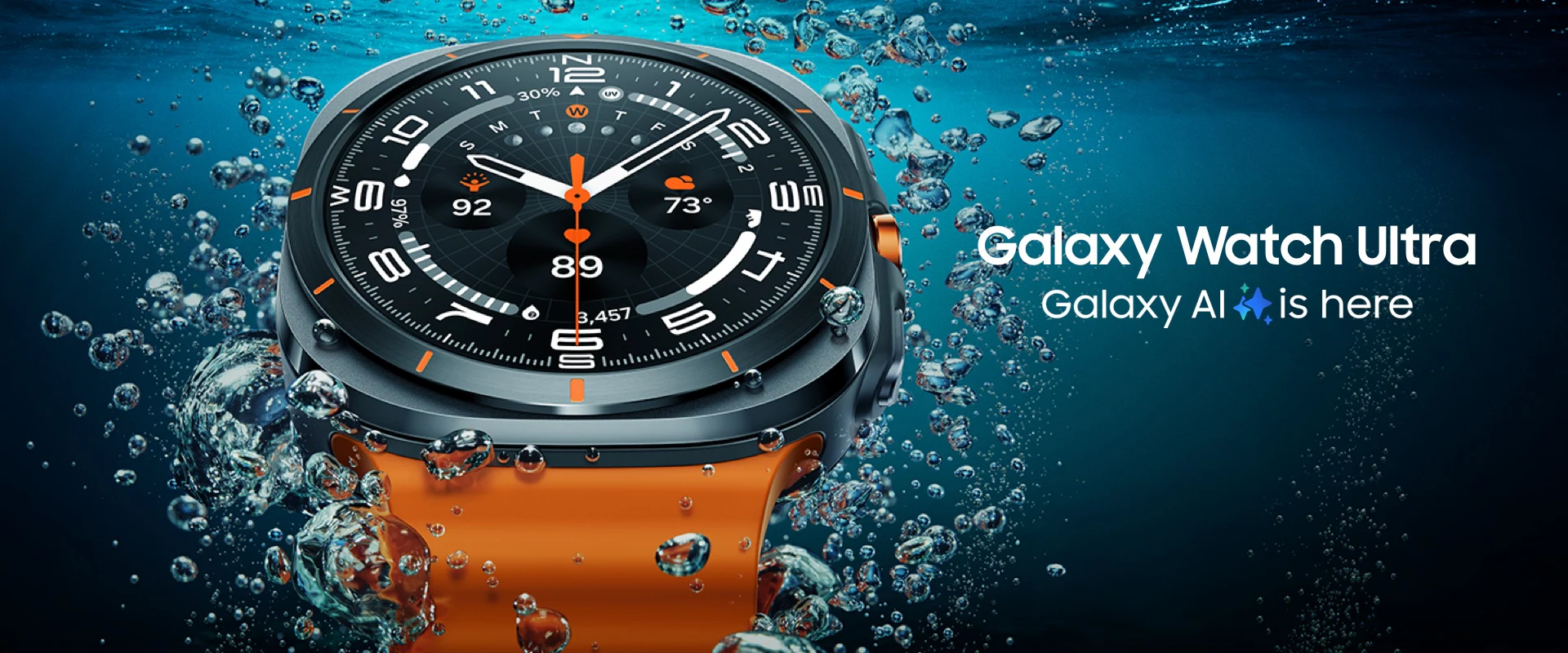
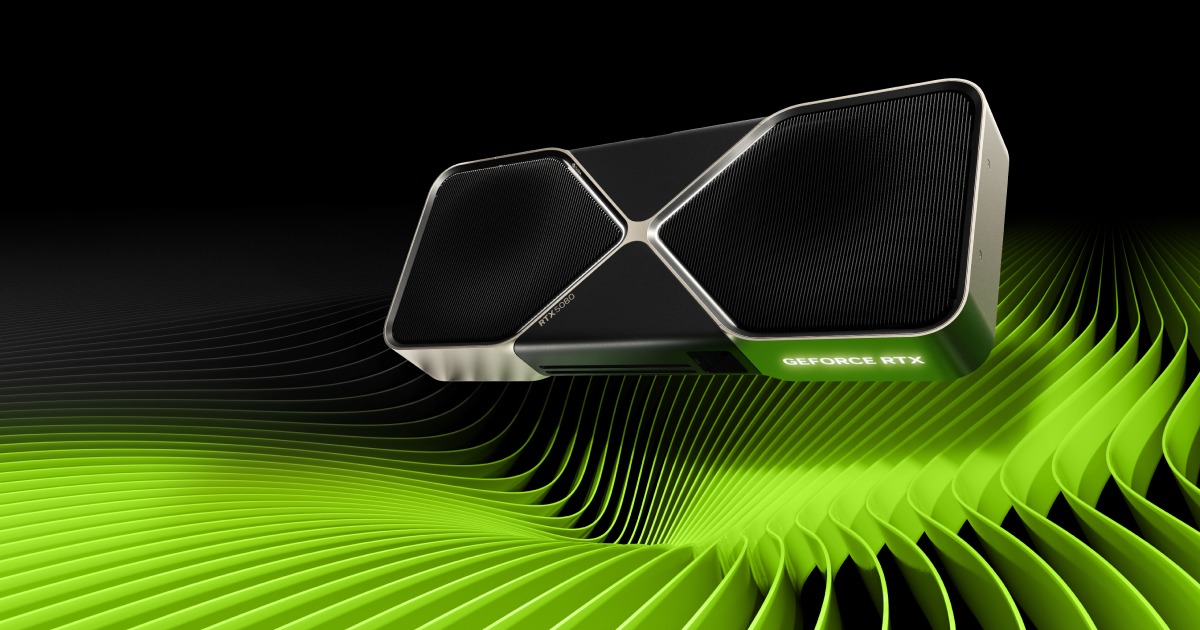
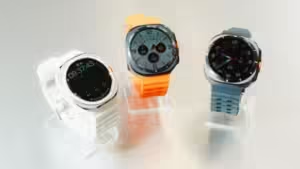

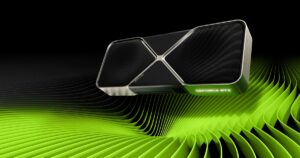

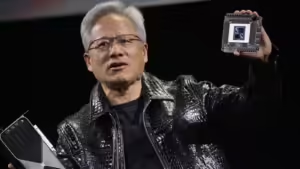






Post Comment